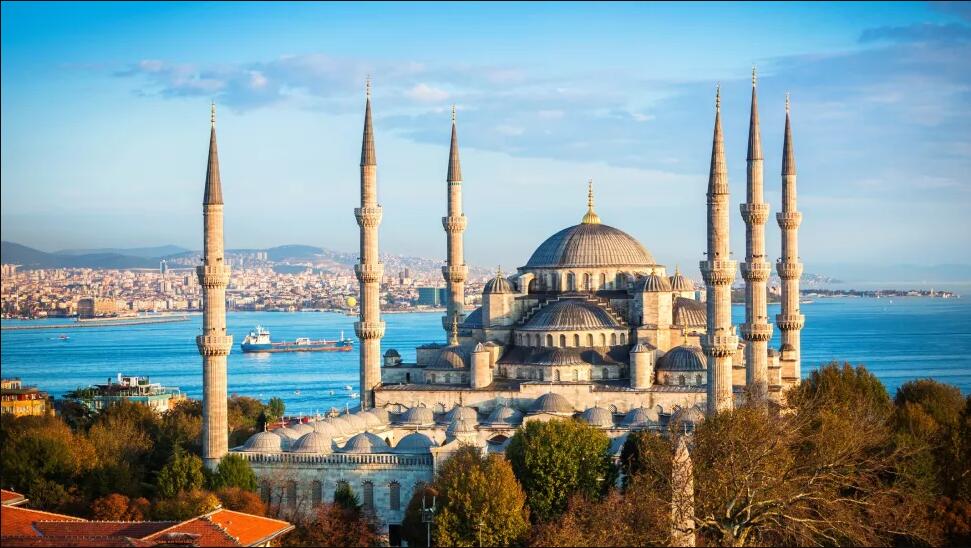Istanbul is a rare place. It's the only city to straddle Europe and the Middle East; the Turkish metropolis is simultaneously an Asian and a European city. This geography helps explain why it was once the capital of the Eastern Roman Empire, also known as the Byzantine Empire, when the city was called Constantinople, and then later why it became the power base of the Ottoman sultans, whose influence stretched into Africa and the Arab world.
But exactly when did Constantinople change its name to Istanbul?
The answer, surprisingly, isn't when the former Roman city was captured by Ottoman forces in 1453. Variations of "Constantinople" continued to be used by the Turkish-speaking conquerors long after they took control of the city. "It's a fact that the Ottomans called Istanbul 'Kostantiniyye,' among other names, in thousands of their official documents," said Christoph Herzog, chair of Turkish studies at the University of Bamberg in Germany.
The city already had many names before being called Constantinople. It was first known as Bazantion (also spelled Byzantion) by the Greeks who founded it in 657 B.C., which later evolved into the Latin name Byzantium. It's also been called New Rome and Augusta Antonina, in honor of a Roman emperor's son — not to mention its nicknames such as "Queen of Cities" or simply "The City." Then the Roman Emperor Constantine the Great — who is famous for being the first Roman emperor to convert to Christianity — named it Constantinople after himself around the year 330. That name stuck until the Ottomans showed up.
The Ottomans didn't officially change the name of Constantinople when they took over in the 15th century, but the conquest did mark a seismic change in geopolitics, as Constantinople's center of gravity shifted eastward and away from Europe.
"I think the strategic and symbolic importance of Istanbul was recognized even then, as can be seen by the fact that it was made into the Ottoman Empire's new capital," Herzog told Live Science. People elsewhere in the empire began to use the word "Istanpolin," which means "to the city" in Turkish (adapted from the Greek phrase "to The City" or "eis tan polin") to colloquially describe the new seat of Ottoman imperial power. Progressively, Istanpolin became used more, but the official name remained Constantinople.
As the centuries marched on, the vernacular changed little by little, and so Istanpolin eventually graduated to become Istanbul.
Following its defeat in World War I, the sultanate of the Ottoman Empire was abolished in 1922, and the Republic of Turkey was born in 1923, according to Britannica. Shortly thereafter, in 1930, the Turkish postal service decided that some clarification was in order, and it opted to make Istanbul the city's official name. Other institutions soon followed suit. That same year, the U.S. State Department and other governments around the world began using Istanbul in their official communications.
So, it's hard to say exactly when Constantinople became Istanbul because by the time it was made official, people had already been using Istanbul and variations of that name for centuries. It's impossible to put a date on when the transition came to pass in popular speech because language evolves so gradually.
Traces of Istanbul's storied history of many names remain alive in the cultural makeup of the city today, Herzog said. "As the capital of an empire spanning three continents for centuries, there were lots of groups of people residing there."
Originally published on Live Science.

